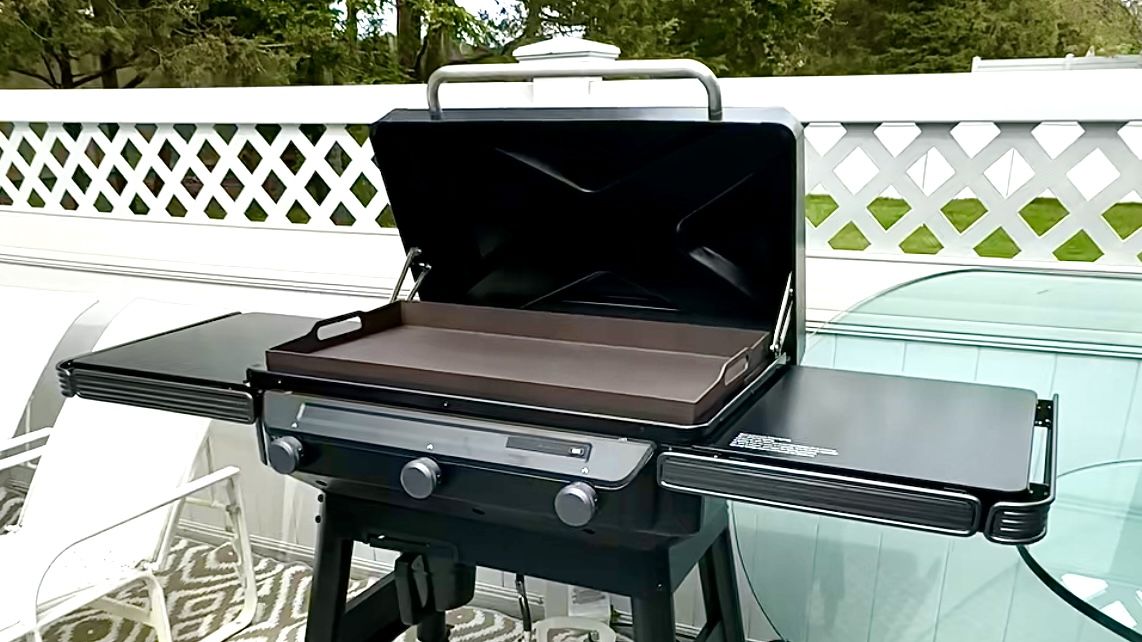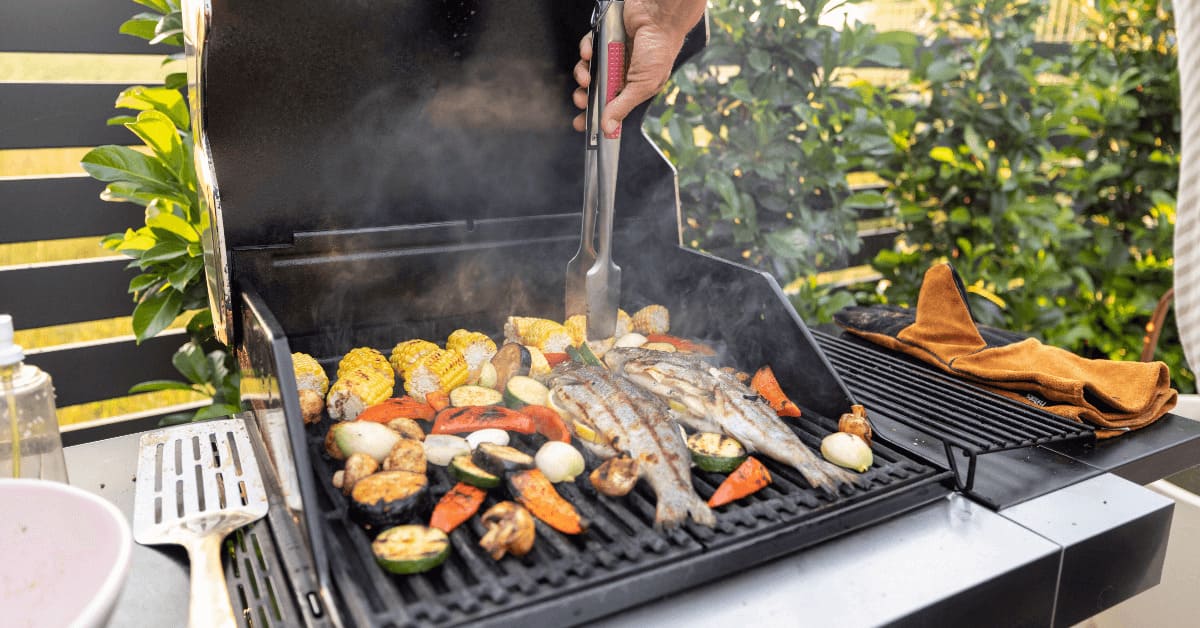Mastering the Art: How to Cook a Ham on a Gas Grill
Written By James Morgan
If your taste buds yearn for the smoky, delicious flavors that come with a perfectly cooked ham, and you are unsure about using a gas grill, you're in for a treat. How to cook a ham on a gas grill might seem daunting, but with a few expert tips and proper guidance, you'll not only be the star of holiday gatherings but will also enjoy making this delectable dish all year round.

Why a Gas Grill?
Grilling enthusiasts across the globe increasingly prefer gas grills for a multitude of reasons. Firstly, gas grills offer unrivaled convenience and control over cooking temperatures, allowing even inexperienced chefs to master grill-cooked dishes. When it comes to cooking ham, this precise temperature control becomes especially crucial. Secondly, unlike charcoal grills, gas grills ignite swiftly and are ready for cooking almost instantly, saving time and effort. Their consistent heat distribution ensures your ham cooks evenly, preventing the dreaded overcooked exterior and undercooked interior.

Choosing the Perfect Ham
The journey of how to cook a ham on a gas grill begins with selecting the right piece of ham. There are various types of ham to consider, such as whole hams, half hams, spiral-cut hams, and bone-in or boneless hams. Whole hams are ideal for larger gatherings and have an intense flavor due to the bone. Bone-in hams provide better flavor and moisture retention compared to boneless. Spiral-cut hams save you the trouble of slicing but may require careful handling during grilling to prevent drying out. No matter your choice, consider whether you prefer a pre-cooked or raw ham. Pre-cooked options reduce cooking times significantly, making the grilling process smoother.

Prepping Your Ham
Once you've selected your ham, the next crucial step is preparation. Begin by thoroughly rinsing the ham to remove excess salt. Pat it dry with paper towels, ensuring it is completely dry to avoid steaming during grilling. Scoring the ham using a knife knife creates a diamond pattern, allowing the smoke and glaze to penetrate deeply, enhancing flavor. For an extra burst of flavor, insert cloves into the scored intersections.

Marinating and Glazing
Marination and glazing are key to flavorful ham. You can opt for a simple marinade of apple juice, brown sugar, and Dijon mustard, or create a more complex mix. Allow the ham to sit in the marinade for at least a few hours or overnight for the best results. Glazing during the cooking process adds additional layers of flavor. Common glaze ingredients include honey, maple syrup, fruit preserves, and bourbon. Apply your glaze every 30 minutes while grilling to build up a delicious, caramelized crust.
Setting Up Your Gas Grill
Dropping a gorgeous ham on a gas grill requires precise setup. Preheat your gas grill to a temperature of 250F. Utilize an indirect grilling method to ensure even cooking. Indirect grilling involves igniting only one side of the burners and placing the ham on the unlit side. If your grill has a rotisserie option, attaching the ham to the rotisserie ensures it cooks evenly. Gas Grill
Cooking Your Ham on a Gas Grill
Place the prepared ham on the grill, away from direct heat. Insert a meat thermometer into the thickest part of the ham, ensuring it doesn't touch the bone. Close the grill lid to maintain a consistent temperature. Rotate the ham periodically to ensure uniform cooking. Monitor the internal temperature of the ham, aiming for it to reach 140F if it's pre-cooked, and around 160F if it's raw.
Adding Wood Chips for Smoky Flavor
For those craving an added smoky dimension, include wood chips during grilling. Soak your choice of wood chips (apple, hickory, or cherry) in water for 30 minutes, then place them in a smoker box or an aluminum foil packet with holes poked in it. Add this packet directly on the hot burner of the grill. The resulting smoke will infuse your ham with robust flavors, akin to traditional smoked ham.
Basting the Ham
Basting is an essential step for those wondering how to cook a ham on a gas grill flawlessly. Regularly brush the ham with its marinade or additional glaze every 30 minutes. This not only ensures it stays moist but also enhances the depth of flavor, giving it a beautifully glazed appearance. Consider using a basting brush with a long handle to safely apply the glaze without getting too close to the heat.
Finishing Touches and Resting
Once the ham reaches the desired internal temperature, remove it from the grill. Allow the ham to rest for at least 15 minutes. This resting period lets the juices redistribute throughout the meat, ensuring every bite is succulent. Tent the ham lightly with aluminum foil during this time to retain its warmth. Slice the ham using a sharp knife on a cutting board and serve with your favorite side dishes.
Cleaning Up
After you've delighted your guests with a mouthwatering ham, it's time for cleanup. Proper maintenance of your grill and cutting board not only ensures their longevity but also keeps them ready for your next culinary adventure. Clean your grill grates with a specialized grill cleaner and use Cookware Cleaner for any stubborn residue. Don't forget to condition your cutting board with food-grade mineral oil to keep it in pristine condition.
You can also check out this amazing Recipe by Weber for more grilling ideas.
As an Amazon Associate, I earn from qualifying purchases.



